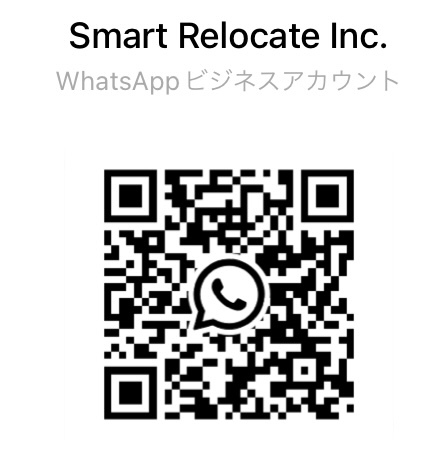Ever felt puzzled looking at a Japanese floor plan? The contents are symbols can vary from a foreign version. We have had inquiries such as “What does ㎡ mean?”, “What unit is a JO?”, or “What does LDK mean?”
We will answer all these questions below.
What your floor plan tells you
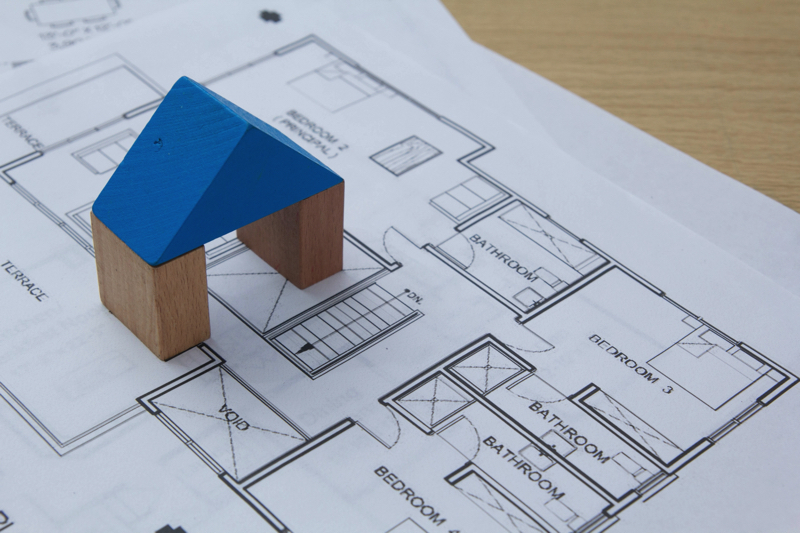
A typical Japanese floor plan with show the size (area) in the following units:
- ㎡: total area of the apartment ( including balcony and closet )
- Jo:Japanese unit of measurement equal to approx 1.62㎡
- LDK :denotes room type. See details below.
- Tsubo: Japanese unit of measurement equal to approx 3.3㎡
What square meters (㎡) is used for
㎡ is used mainly to measure area of apartment. It’s not the total area of the effective area, as it also includes the thickness of the walls within the apartment.
What is a “jo”?
As mentioned earlier, “jo” is a Japanese unit of measurement, originating from the size of a single tatami mat equallying 1.62㎡. Japanese rooms used to have tatami mats in them. But nowadays they’re becoming rare due to preference towards wester rooms. A room of 6 jo can fit 6 tatami mats.
What do the alphabets”R” or “LDK” mean?
Japanese apartments types are shown with letters R,L,D, K and S
- R: Room ( bedroom )
- L: Living room
- D: Dining room
- K: Kitchen
- S: Storage ( walk-in closet the size of a single room )
DK means a dining area and kitchen integrated into one room, similar to a western kitchenette. And LDK has an added on living room area and is much roomier than a DK.
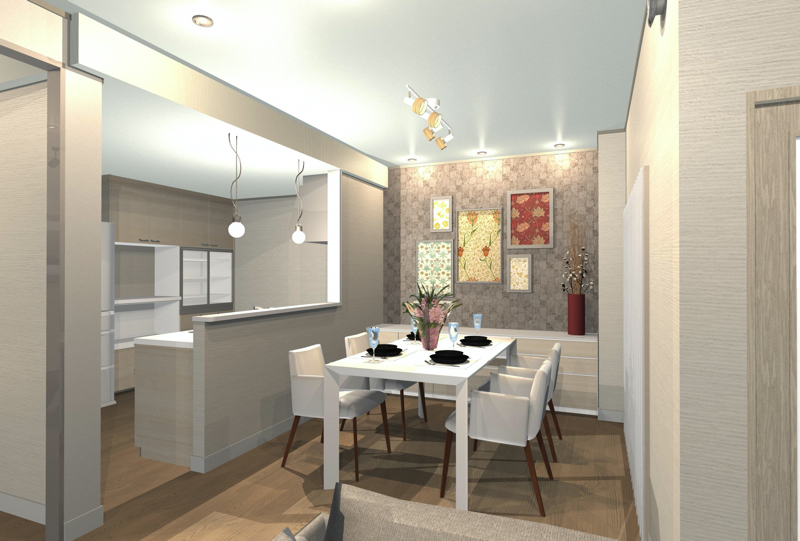
An apartment for singles are usually “1R” or “1K”.
1R denotes a single room and includes a small kitchen, bathroom and WC. a 1K is a single room with a kitchen integrated into the bedroom and tends to be smaller than a 1R.
Bathroom and WC can be shown as “none”,”shared”, “integrated” or “separate”, depending on how big your apartment is. Apartments that don’t have an on-site bathroom or WC, or are shared tend to be cheaper. On the other hand, apartments that have both bathrooms and WC can cost slightly more. A separate bathroom and WC can cost more than an integrated one.
Apartments for families have multiple bedrooms and can be shown with numbers coming before “LDK”.
The number coming before the letters indicates how many bedrooms there are. For instance, a “3LDK” has 3 bedrooms and a living, dining and kitchen area integrated into one big room.
What is a “tsubo”?
An entire house sitting on a plot of land will be shown in “tsubo”, or 3.3㎡ ( equal to 2 jo ). The size of land is usually measured in tsubo and not jo.
Difference between foreign and Japanese floor plans
First of all, there are 3 differences.
In Japan, the apartment type is shown with a combinations of numbers and letters as mentioned earlier.
Whereas in countries such as the US, beds and bathrooms are shown separately with numbers and terminology is different. In wester countries, they have many types of rooms, such as a study or den. These are counted simply as “rooms” in Japan.
Secondly, the position of the living room is different.
In the US, the living room is usually situated right by the main entrance. But in Japan, it’s located away from the main entrance due to cultural differences. 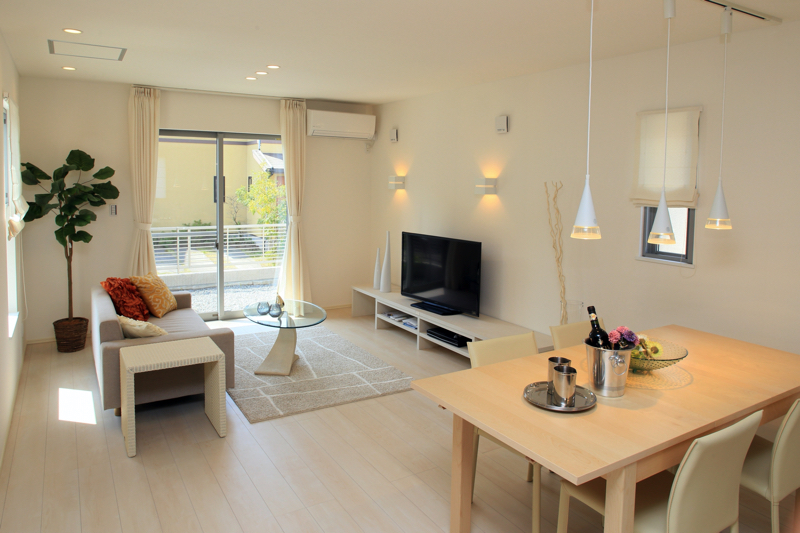
This is because the main entrance is where people take of their shoes and keep the living room clean. Residents are also concerned about sunlight exposure and prefer to have living rooms face south.
Third and last, the direction the floor place faces on the documents.
In foreign countries, the entrance usually faces downwards, whereas Japanese floor plans usually show the south pointing downwards.
What to keep in mind when choosing an apartment
As mentioned above, you should get to know how to understand a Japanese floor plan but also take note of Japan’s 4 seasons.
Japan’s year round climate is distinct and should be taken into consideration when searching for an apartment.
For instance, we have “rainy season” from mid June through mid July and that’s when it gets very humid. If your room is poorly ventilated or doesn’t get much sunlight, it can develop mold and mildew. During the winter season, curtains would be necessary if you’re going to retain heat in your room. Windows would be good for ventilation but not for retaining heat.
Compare the year round climate and humidity of your home country and Japan to see what it would be like to live in a Japanese apartment.
If you plan to move to Japan or seek assistance after settling down, we are at your service.
If you have plans to move to Japan or need help getting settled, we’d be glad to assist you. We can also help you from choosing the right apartment to assisting you with the paperwork, as well as provide support for your everyday life.
For details regarding support, refer to: our services
You can contact us via email:
If you wish to contact us via SNS, click on the LINE logo on the bottom right hand corner of your browser. We can speak Japanese and English.

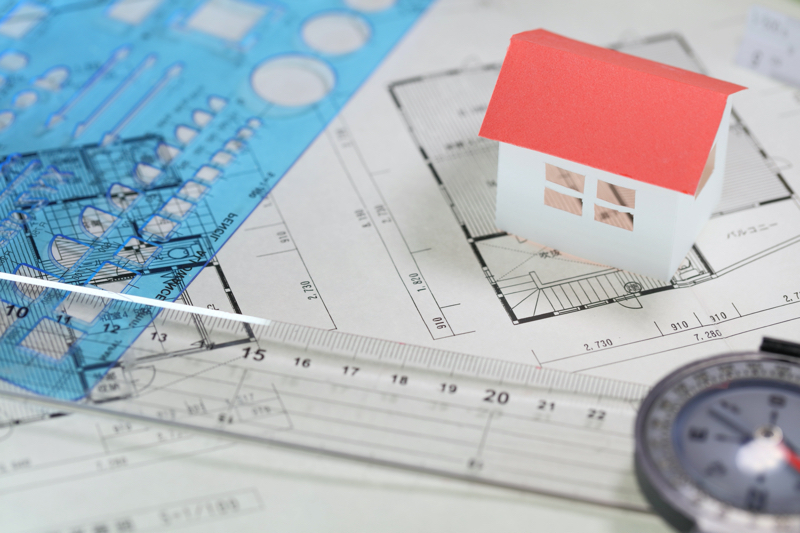
 CONTACT
CONTACT







